Barndominiums tend to provide greater energy efficiency compared to standard homes. The metal frame, siding, and roof help reduce the transfer of heat to the outdoors during colder weather.
While barndominiums can hold heat, you still need to decide on the best method for heating your home. As with standard homes, you have several options for heating. However, a barndominium has different characteristics. Before installing a heat source, compare the options on how to heat a barndominium.
Page Contents
Types of Heating for Barndominiums
The main ways to heat a barndominium include:
- Furnaces
- Radiant heating systems
- Heat pumps
- Wood-burning stoves
- Space heaters
- Fireplaces
A furnace is the most common option for heating a home but is not always the most efficient choice. Here is a closer look at each heating system.
Furnaces
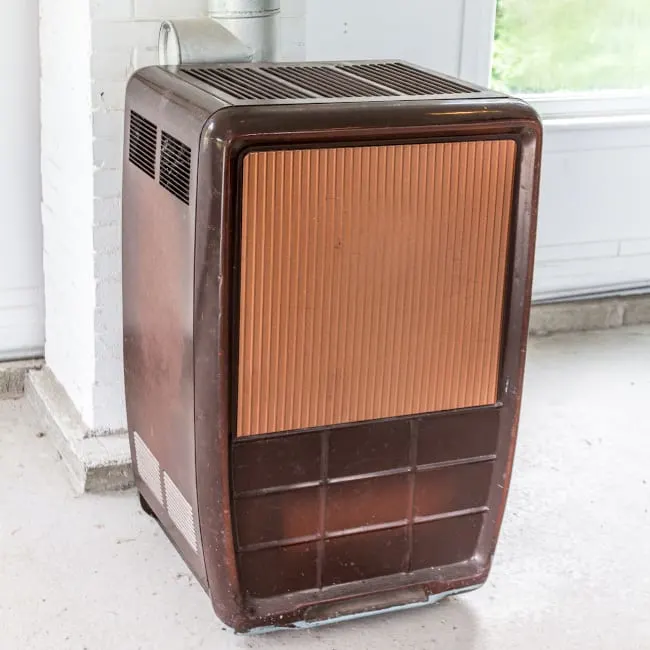
Over 86% of homes in North America are heated with electric or gas furnaces. The furnace is connected to air ducts that distribute warm air throughout the home. The air ducts may also provide passage for a cooling system if you decide to add central air.
Gas-fired furnaces produce heat through the combustion of gas. The gas mixes with air and is burned in a metal heat exchanger. The heat is then transferred to the air and pushed through the heat exchanger. Harmful byproducts of the combustion process are vented through a flue pipe.

Many people think of furnaces as old and inefficient. However, in the United States, furnaces must meet the minimum Annual Fuel Utilization Efficiency (AFUE) standard, which is 78% efficiency. The latest gas-powered furnaces are close to 95% efficient while standard-efficiency furnaces are between 80% and 85% efficient.
Increased efficiency reduces your heating costs and carbon footprint. You should also expect to pay more for a high-efficiency furnace. However, even the most efficient furnaces provide a more affordable option compared to radiant heating and heat pumps.
Radiant Heating Systems
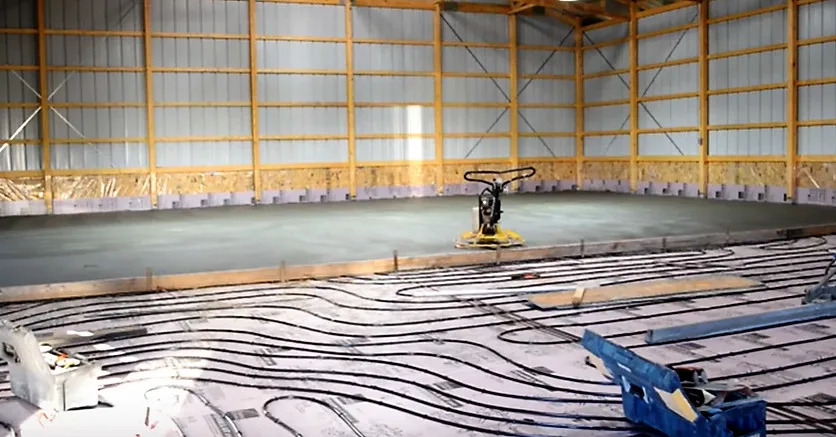
Radiant heating systems deliver heat directly to floorboards or panels in the walls. These systems rely on radiant heating, which is the same process that allows an oven to heat your kitchen. When you turn the oven on and feel the warmth from across the kitchen, you are experiencing radiant heat. Instead of forcing warm air through ducts, the heat is transferred to objects and people in the room through thermal heat transfer.
A warmer object exchanges heat with cooler objects. If you are cold and hug someone warm, their warmth transfers to you through thermal energy. Radiant heating works in the same manner.
Compared to furnaces, radiant heating systems are often more energy efficient. You do not lose heat through the air ducts. Radiant heating is also recommended for people who suffer from allergies. As radiant heating does not force air through the air ducts, it does not distribute allergens.
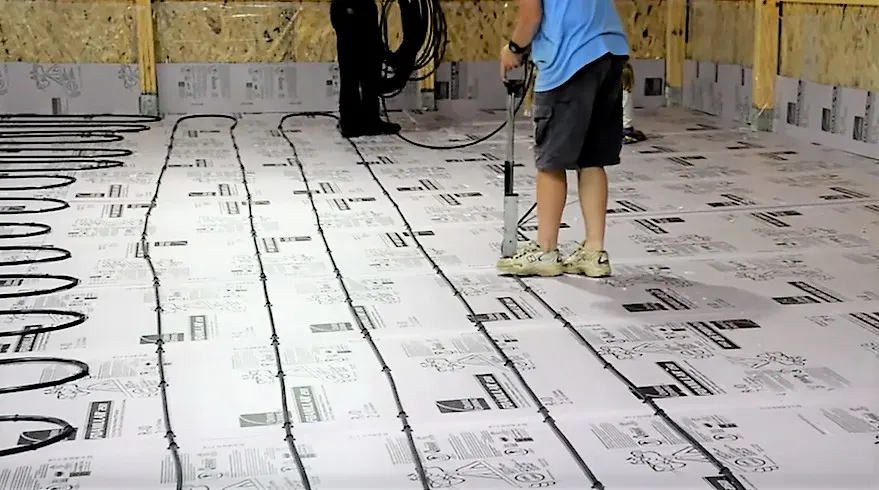
Radiant heating systems can be installed in the floors, walls, or ceiling. Floor systems are the most common and come in three variations: electric, air-heated, and hot water. Air-heated systems are rarely used due to their inefficiency.
Hot water radiant heaters include a pump that pumps hot water from a boiler through tubes under the floor. Electric radiant heat systems are more practical, as they do not require a complex hydronic system to pump hot water through tubes.
Heat Pumps
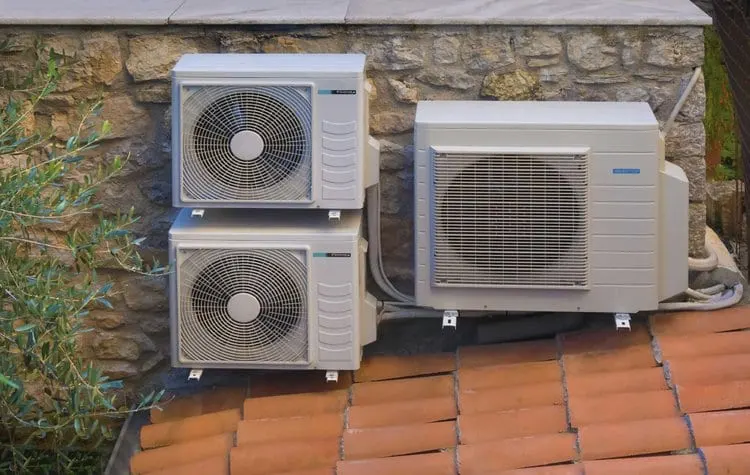
Heat pumps are an alternative to furnaces that provide increased energy efficiency. As with a furnace, a heat pump sends warm air through air ducts, making it a forced-air heating system. Unlike the previous options, a heat pump can be used to heat or cool your home. The heat pump extracts heat from a heat source and sends it throughout the room. During the warmer months, the heat pump reverses its flow to send warm air outside.

Installing a heat pump comes with higher initial costs but may reduce your energy bills. The most common type of heat pump is the air-source pump, which can be used in conjunction with another heat source to provide a more efficient heating option.
Wood-Burning Stoves
A wood-burning stove is a heating appliance that burns wood or pellets to produce heat. The stove typically has a long exhaust chimney that extends from the top. Wood-burning stoves may work as a primary or supplementary source of heat. However, if you rely on a wood-burning stove to stay warm through the winter, you need to tend to the stove daily.
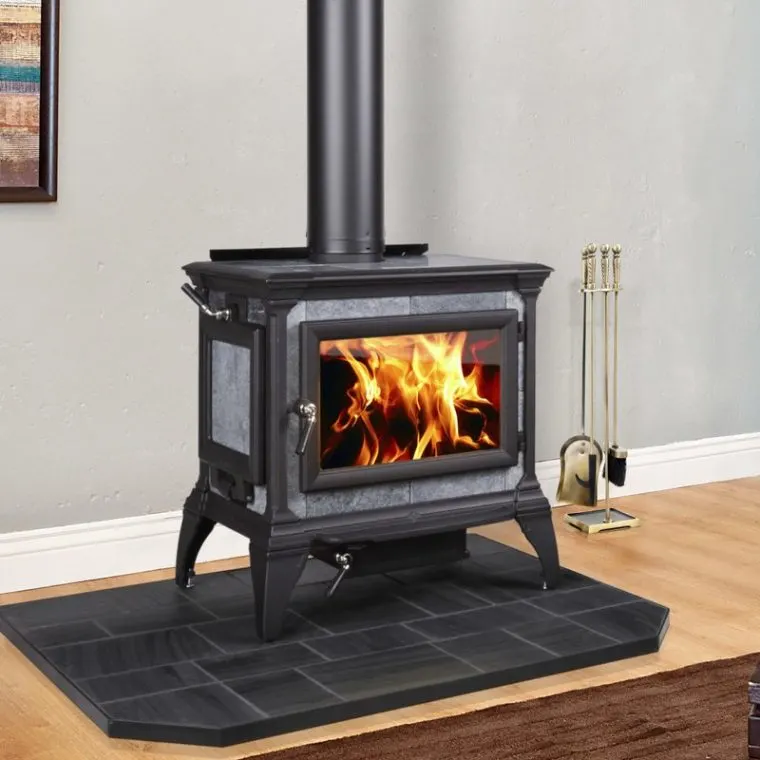
Compared to central heating systems, wood-burning stoves cannot efficiently heat a large barndominium. The heat emits from the stove instead of through vents in each room. The rooms furthest away from the stove take longer to warm and may quickly cool down when the fire dies.
Despite a few drawbacks, some people may prefer the cost-savings of a wood-burning stove. If you live in a rural area with convenient access to firewood, a wood-burning stove may save you money.
Space Heaters
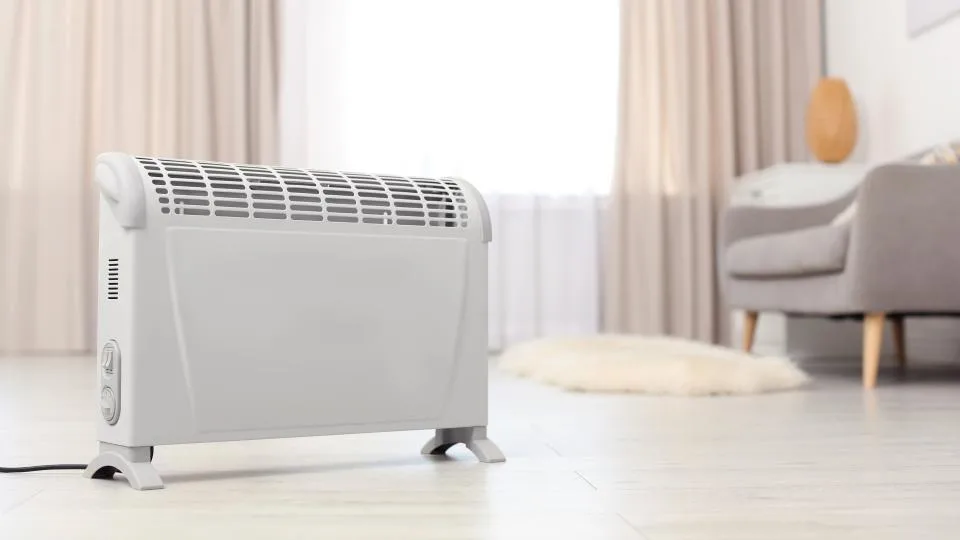
As the name suggests, space heaters provide heat for individual spaces instead of entire houses. Space heaters also come in a variety of designs. Portable electric space heaters are convenient for providing temporary heat to a room. They are also relatively safe if you remember to turn them off when you are not in the room. Modern electric space heaters have safety features, such as auto shut-off.
Gas-fired space heaters rely on gas to produce heat. Unvented gas-fired heaters are installed on the wall or as a freestanding unit without ventilation, which is considered a potential health hazard. Vented gas-fired heaters include an exhaust vent to keep harmful emissions from traveling around the barndominium.
The main use of a space heater is to supplement your existing heat source. For example, you may place a space heater in a room that is far from the furnace or in the room that you spend most of your time in, such as the living room. A space heater may reduce the need for heat from the main heating option, which can extend the life of your primary heat source.
Fireplaces
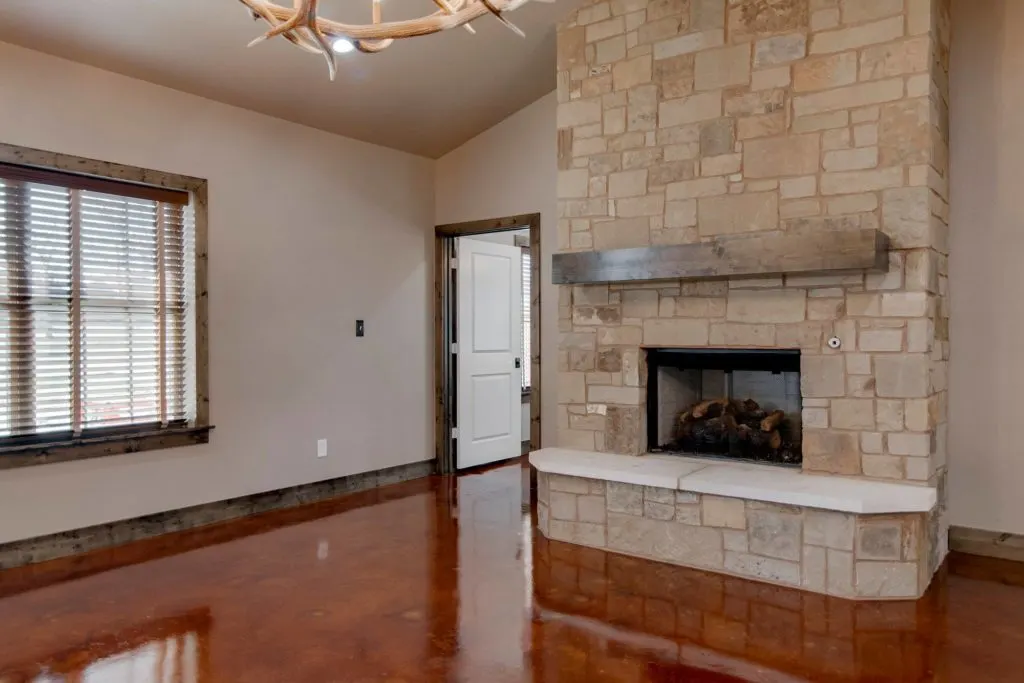
As with space heaters, barndominium fireplaces are considered a supplementary source of heat. You are unlikely to warm your entire barndominium with the heat from a single fireplace. However, the heat can help reduce the demand on your furnace, heat pump system, or radiant heating system. Adding a fireplace to the living room can improve the aesthetics of the room and keep it warm, but the warm air may not reach other rooms in your barndominium.
What Is the Best Heat Source for a Barndominium?
Before choosing a heat source for your barndominium, consider what matters most, energy efficiency or up-front installation cost. Radiant heating systems offer the greatest energy efficiency when installed properly. However, radiant heating is also typically the most expensive option.
Furnaces are a common choice due to their affordability and availability. However, they also require ductwork and are not as efficient compared to radiant heating and heat pumps.
Heat pumps land in the middle in terms of cost and energy efficiency. As with furnaces, heat pumps require ductwork. Of course, if you plan on adding central air conditioning, you will need air ducts anyway.
You may also want to install a secondary source of heat, such as a space heater, a fireplace, or a wood-burning stove. Just remember that these heating options do not replace the need for a primary heating system.
Gail currently spends her free time geeking out about what’s new and trending in the world of barndominiums.
She is the former executive editor of BarndominiumLife.com and loves working with the team and members of the barndominium community. She now contributes to the blog on occasion, but only when she feels like it!
